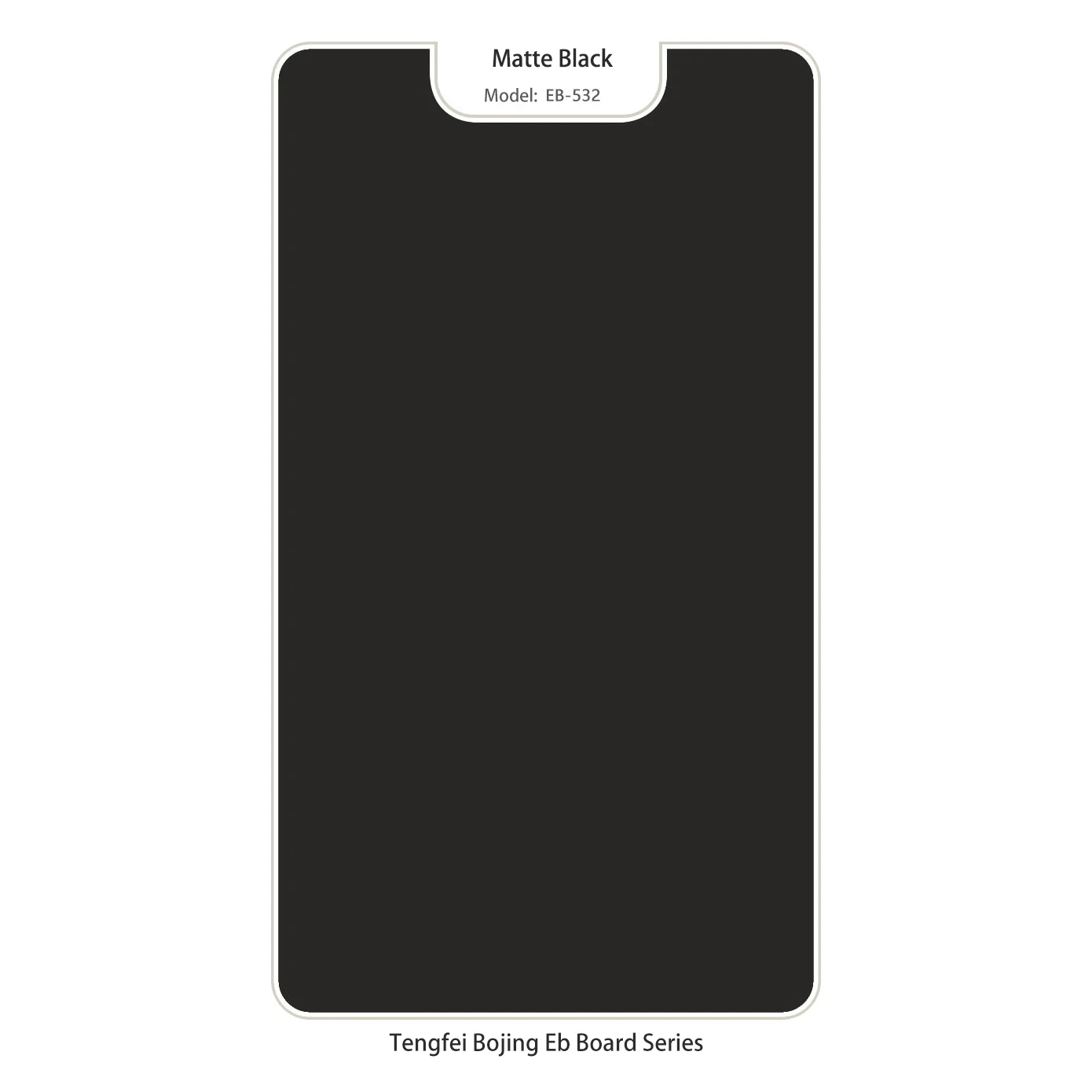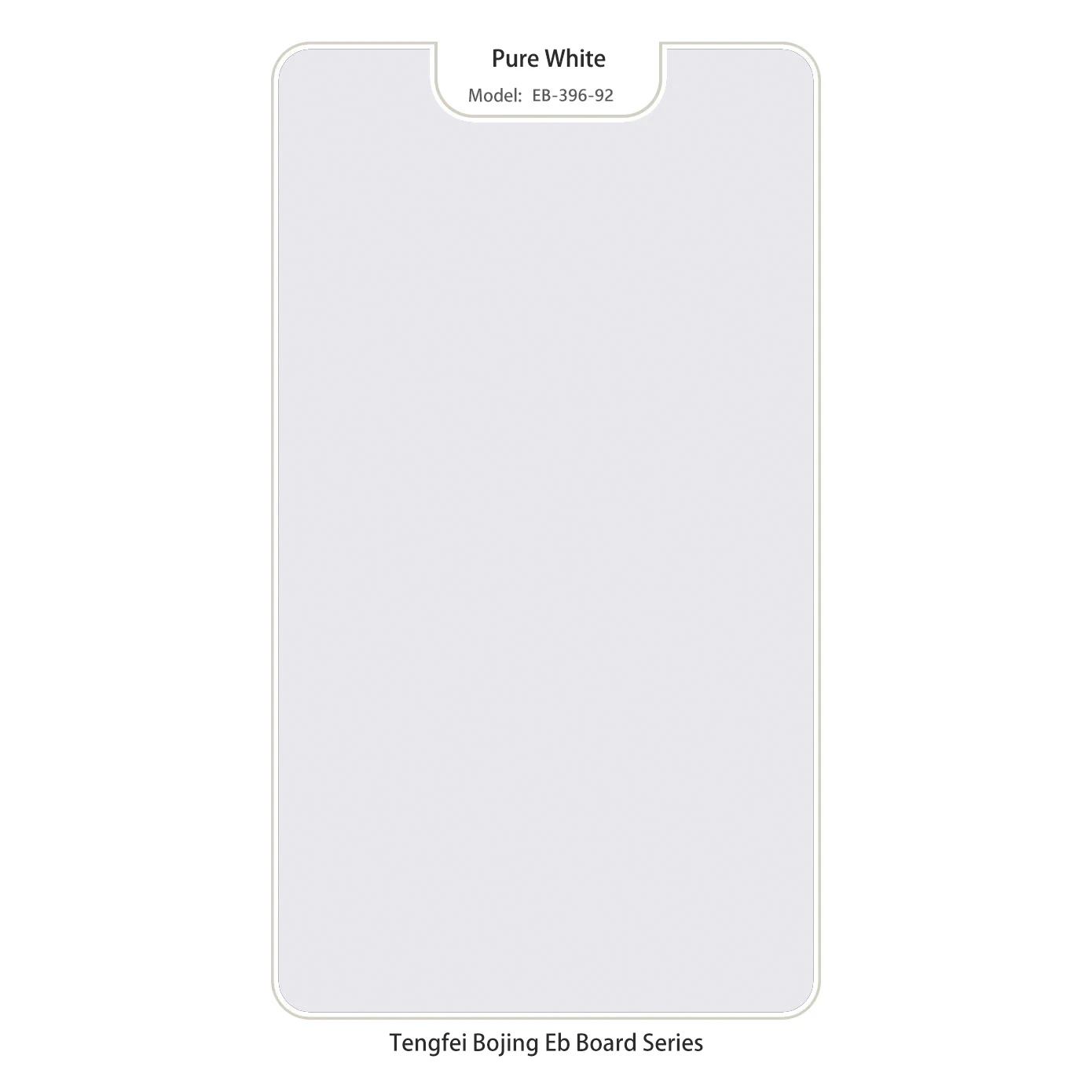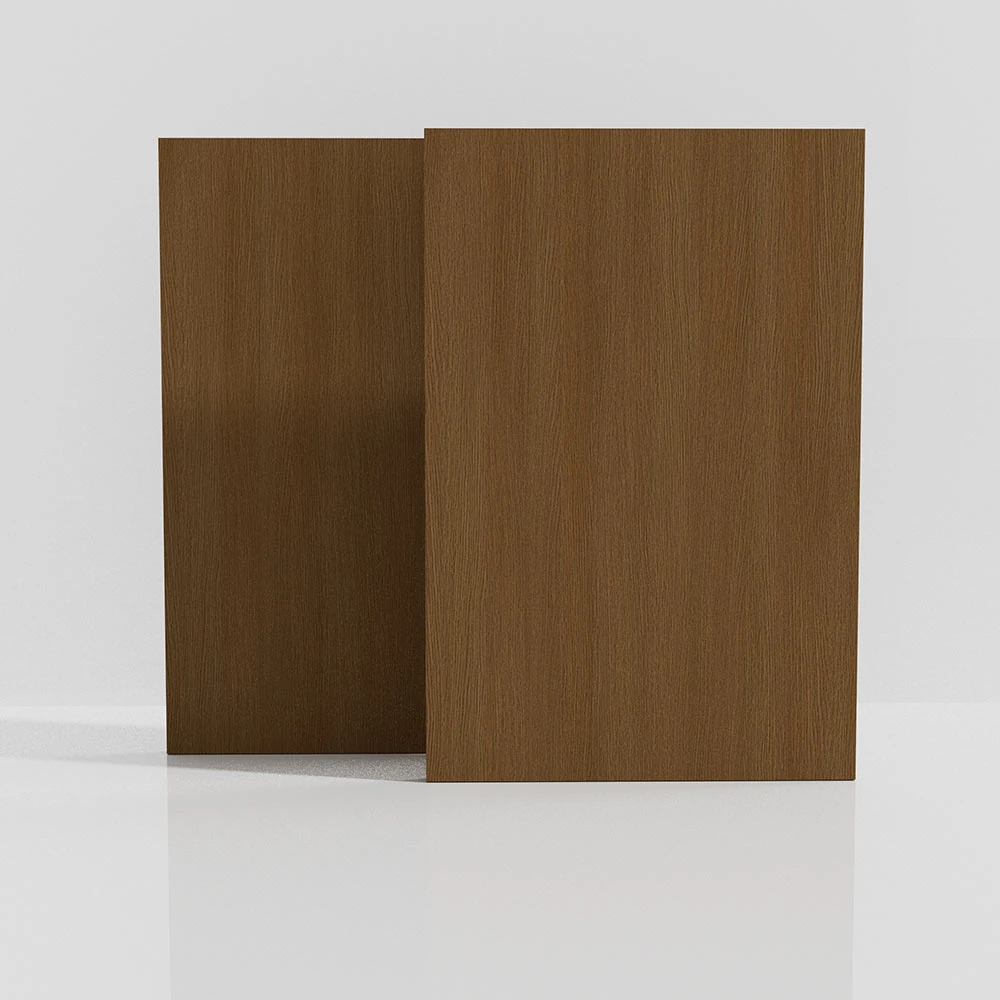The choice of wood-based panels plays a critical role in the quality, durability, and appearance of furniture, cabinetry, and interior finishes. Among the most popular options are high density fiberboard (HDF) and medium density fiberboard (MDF), both engineered wood products that offer unique advantages for various applications. Understanding the key differences and design possibilities can help builders, designers, and homeowners select the ideal material for their needs. Whether you are interested in sleek furniture surfaces or textured decorative panels, exploring hdf versus mdf provides valuable insight into performance, cost, and aesthetic flexibility.
Understanding Durability and Performance in the Debate of High Density Fiberboard vs MDF
When comparing high density fiberboard vs mdf, the primary consideration is often strength and density. HDF typically boasts a denser and harder surface than MDF, which results in greater resistance to impact and moisture. This makes HDF well suited for high-traffic areas or applications requiring a tougher finish. On the other hand, MDF offers excellent machinability and a smoother surface, which lends itself well to detailed cuts and paint finishes. Both materials share engineered fiber composition but differ in pressing techniques and density ranges, which directly affect their use cases in cabinetry, flooring, and paneling projects.
Artistic Appeal and Functionality in Wood Graining Design Techniques
Modern wood interiors rely heavily on texture and finish quality, where wood graining design plays a pivotal role. This decorative approach enhances plain fiberboard surfaces by applying natural or synthetic grain patterns that mimic hardwood. These designs can be embossed or printed, adding tactile depth and a premium look without the high cost of solid wood. Whether applied on HDF or MDF substrates, wood graining allows manufacturers to create durable panels that combine visual appeal with scratch resistance. Designers frequently choose this technique to achieve a warm, natural aesthetic in commercial or residential spaces while benefiting from engineered board stability.
Practical Considerations and Cost Efficiency in Choosing Between HDF vs MDF
Cost is a decisive factor for many when selecting materials, and understanding the nuances of hdf vs mdf can influence project budgets and outcomes. MDF pricing typically tends to be more affordable due to its lower density and simpler manufacturing process. However, this cost saving may come with trade-offs in durability, especially in moisture-prone environments. HDF, while more expensive, justifies its premium price by delivering increased hardness and longevity. Moreover, maintenance and lifespan considerations often make HDF a more economical choice over time, particularly for surfaces subjected to daily wear.
Customization and Versatility with MDF Pricing in Large-Scale Projects
Large projects benefit greatly from material consistency and ease of customization, where mdf pricing becomes a key factor. MDF’s uniform composition ensures predictable machining, sanding, and finishing results, enabling precise fabrication of intricate shapes and moldings. Due to its relative affordability, MDF is often favored in volume orders, especially for painted furniture, wall panels, or decorative elements. Advances in finishing techniques also allow MDF products to closely mimic natural wood, and combining them with innovative wood graining design further elevates their market appeal. As a result, MDF remains a staple in interior design budgets where aesthetics and cost control are paramount.
What Makes High Density Fiberboard Better for Certain Applications?
HDF’s higher density and durability make it preferable for flooring substrates, door skins, and furniture surfaces that face frequent impact or moisture. Its superior hardness extends product life, reduces damage risks, and supports heavier load capacities compared to MDF.
How Does Wood Graining Design Enhance Engineered Wood Panels?
By incorporating natural-looking grain patterns and textures, wood graining design elevates plain fiberboard panels to visually striking finishes. This allows manufacturers to offer aesthetically rich yet affordable alternatives to real wood, suitable for modern design trends.
Fiberboard Choices FAQs
Q: How do hdf versus mdf compare in terms of moisture resistance?
A: HDF generally performs better in moisture resistance due to its denser composition, making it more suitable for humid or spill-prone environments compared to MDF.
Q: Is the higher cost of high density fiberboard worth it over MDF?
A: For applications requiring enhanced durability and surface hardness, HDF’s higher cost is justified by its longer lifespan and superior performance.
Q: Can wood graining design be applied effectively on both HDF and MDF?
A: Yes, wood graining design can be embossed or printed on either substrate, providing realistic wood-like finishes without compromising structural integrity.
Q: Why is MDF pricing generally lower than HDF?
A: MDF’s lower density and simpler manufacturing process reduce costs, making it an economical option for less demanding interior applications.
Q: Are there specific applications where MDF is clearly preferred over HDF?
A: MDF’s smooth surface and ease of machining make it ideal for painted furniture, decorative moldings, and detailed cabinetry where precision and finish quality are critical.



